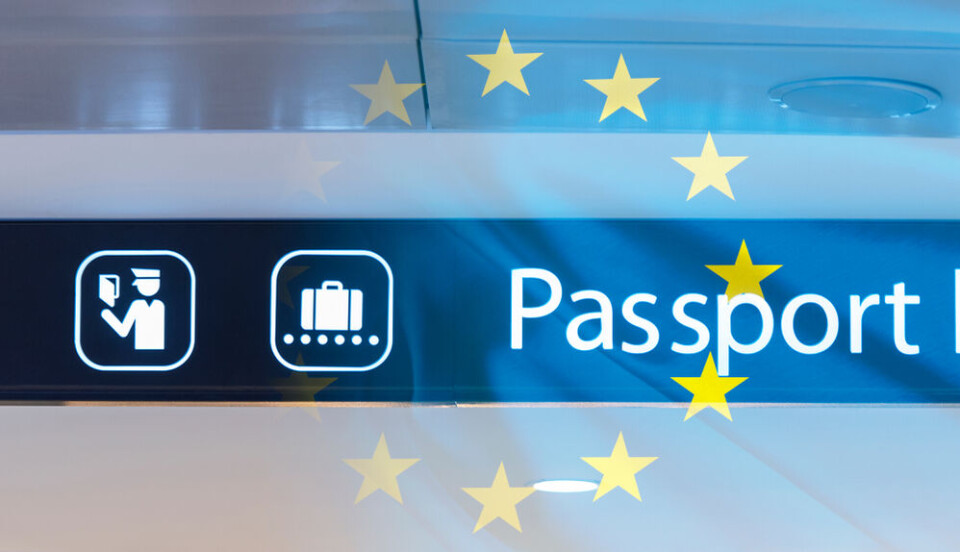-
Flights cancelled, A8 motorway closed as snow continues to fall across France
Up to 15cm of snow is expected in parts of the north
-
Top Paris restaurants to sell off 20,000 tableware items
Pieces set to go on sale include glassware, cutlery, and silverware, as well as bistro tables and chairs. Money raised will go in part to charity
-
2025 world economy rankings: France classed above the UK and US
France’s low inflation rate helped it beat many other nations
Has a date now been set for launch of EU’s new Entry/Exit System?
Update given by officials overseeing implementation of the new digital borders scheme

One of the major changes set for 2024 will be the introduction of the EU’s new digital borders Entry/Exit System – but has a precise start date been set for this?
There have been media reports of a launch date of October 6, attributed to ‘Eurotunnel’, the former name of Getlink which operates the LeShuttle service through the Channel Tunnel.
However, the latest official information available is that the current, revised, timeline is for a start ‘in the autumn’ of 2024.
This was adopted by EU-LISA, the EU agency in charge of organising the operating infrastructure for EES, and was politically endorsed by the EU’s Justice and Home Affairs Council in October.
We have checked with officials and confirm that this is the most precise timing available.
The European Commission’s Spokesman for justice, Christian Wigand, said today (December 19):
“The new roadmap for the delivery of the new IT infrastructure foresees that the EES will be ready to enter into operation in autumn 2024 and that Etias [a linked system of online pre-approval to enter the Schengen area] will be ready to enter into operation from mid-2025”.
An EU-LISA spokesperson also confirmed to us today that the agency’s current ‘roadmap for implementation’, as endorsed by the Council on October 19-20, foresees ‘technical readiness’ being “reached in the autumn”.
However, EU-LISA added: “No concrete dates have yet been set.”
EES will collect data about non-EU citizens’ trips into and out of the Schengen area, and it is expected that it will in due course remove the need for passport stamps to check visitors’ compliance with the EU’s 90/180 days rule.
On the first entry to the Schengen area after implementation (or exit if people are already in the area) those concerned will have to have a photo taken and have a scan of their fingerprints.
This will not affect EU citizens or foreign people who live in an EU state with a visa and/or residency card.
Read more: European Entry/Exit System: Nine key things to know in advance
The start date has been put off several times due to technical difficulties with the central infrastructure as well as lack of readiness in individual states concerned by the system.
The latter will include the countries of the EU and EEA (apart from Cyprus and Ireland where passports will still be stamped manually) as well as the UK where there are French border checks done on British soil at Dover (ferries), London St-Pancras station (Eurostar) and Folkestone (LeShuttle).
























